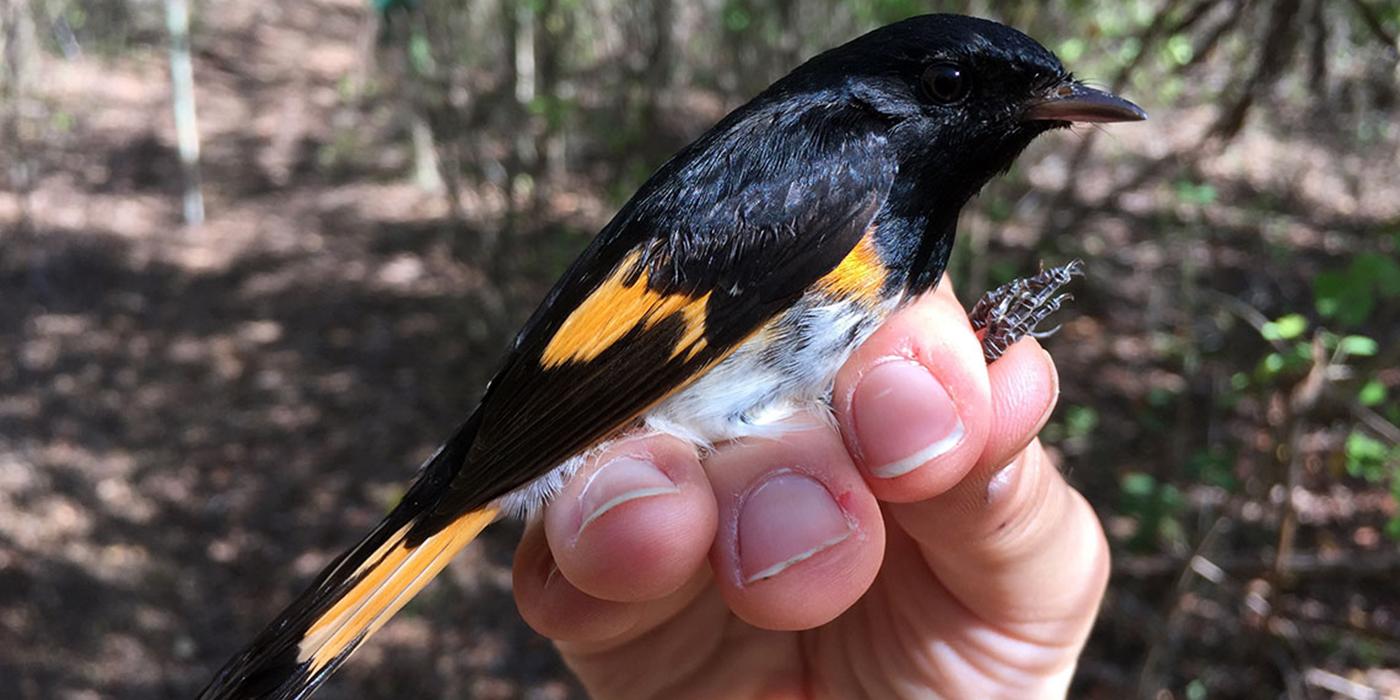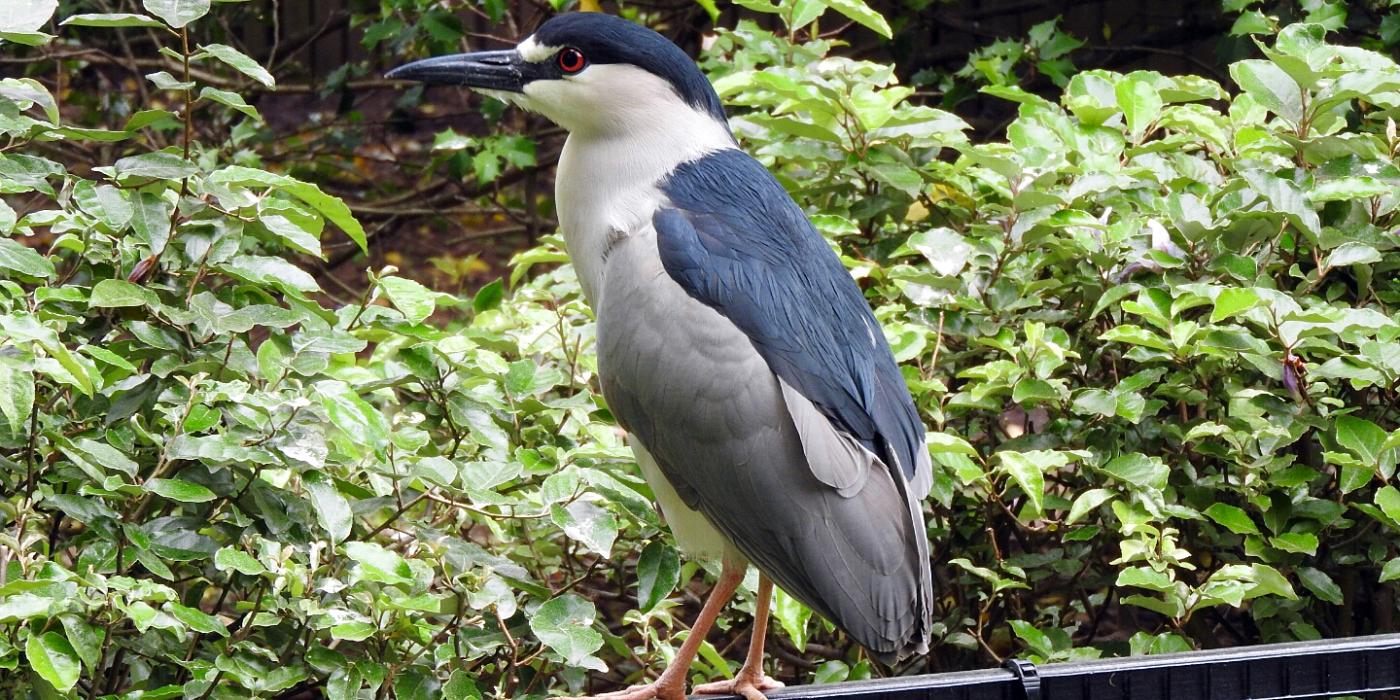State of the Birds Report Assesses the Health of the Nation's Birds
The Good News: Conservation Efforts Work When Applied; The Bad News: Populations Are Down in Many Key Habitats
One hundred years after the extinction of the passenger pigeon, the nation's top bird science and conservation groups have come together to publish The State of the Birds 2014—the most comprehensive review of long-term trend data for U.S. birds ever conducted. The authors call the results unsettling. The report finds bird populations declining across several key habitats, and it includes a watch list of bird species in need of immediate conservation help. The report also reveals, however, that in areas where a strong conservation investment has been made, bird populations are recovering. The full report can be found at stateofthebirds.org.
The State of the Birds 2014 is authored by the U.S. Committee of the North American Bird Conservation Initiative—a 23-member partnership of government agencies and organizations dedicated to advancing bird conservation. The report is based on extensive reviews of population data from long-term monitoring. It looks to birds as indicators of ecosystem health by examining population trends of species dependent on one of seven habitats: grasslands, forests, wetlands, ocean, aridlands, islands and coasts. This year's report is also a five-year check-in on the indicators presented in the inaugural 2009 State of the Birds report.
After examining the population trends of birds in desert, sagebrush and chaparral habitats of the West, the report's authors identify aridlands as the habitat with the steepest population declines in the nation. There has been a 46 percent loss of these birds since 1968 in states such as Utah, Arizona and New Mexico. Habitat loss and fragmentation due to development are the largest threats. These are also significant threats in the nation's grasslands, where the report notes a decline in breeding birds, like the eastern meadowlark and the bobolink, of nearly 40 percent since 1968. That decline, however, has leveled off since 1990—a result of the significant investments in grassland bird conservation.
This report highlights the threats that birds face, but it also offers hope for their future if we act together, said Wayne Clough, Secretary of the Smithsonian Institution. I am gratified that the Smithsonian contributed to this important effort, which shows that collaboration among agencies and organizations can yield valuable insights into difficult challenges.
While habitat loss and fragmentation are the most consistent and widespread threats across habitats, they are closely followed on the list by invasive species. Introduced species have a particularly strong impact on islands where native birds have a greater restriction on where they can live. In Hawaii, introduced animals such as mongoose, rats and domestic cats serve as unnatural predators and take a huge toll on native species, while grazing livestock degrade habitat. One-third of all U.S. federally endangered birds are Hawaiian species.
However, as with many grassland birds, species in several other key habitats have benefited from targeted conservation. In general, shorebirds along the coasts are squeezed into shrinking strips of habitat due to development. But among the 49 coastal species examined, there has been a steady rise in population of 28 percent since 1968—a direct result of the establishment of 160 national coastal wildlife refuges and nearly 600,000 acres of national seashore in 10 states.
Because the 'state of the birds' mirrors the state of their habitats, our national wildlife refuges, national parks, national seashores, and other public lands are critical safe havens for many of these species—especially in the face of climate change—one of the biggest challenges to habitat conservation for all species in the 21st century, said Secretary of the Interior Sally Jewell. The U.S. Fish and Wildlife Service, National Park Service, Bureau of Land Management and other Interior agencies practice science-based, landscape-scale conservation of these lands and their wildlife in partnership with scientists at the U.S. Geological Survey. I am proud that these agencies have collaborated with the Smithsonian and many others on today's report. The Department of the Interior looks forward to continued cooperation to address these habitat conservation challenges.
The creation and preservation of large swaths of forests through public-private partnerships in the Appalachian Mountains and the Northwest has helped declining forest-dependent species such as the golden-winged warbler and the oak titmouse. Efforts like this are essential, as forest-dependent birds have declined nearly 20 percent in the western U.S. since 1968 and 32 percent in the east.

